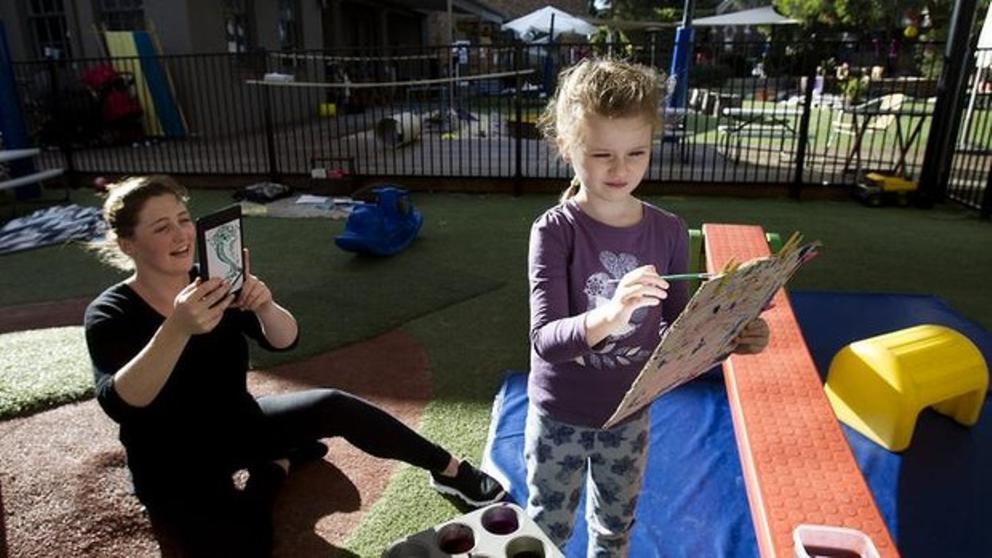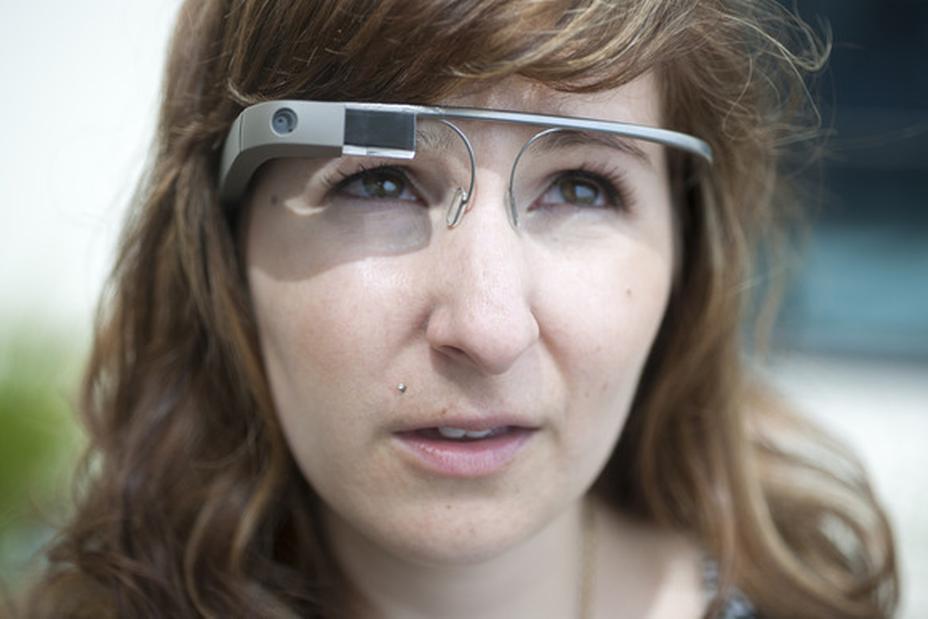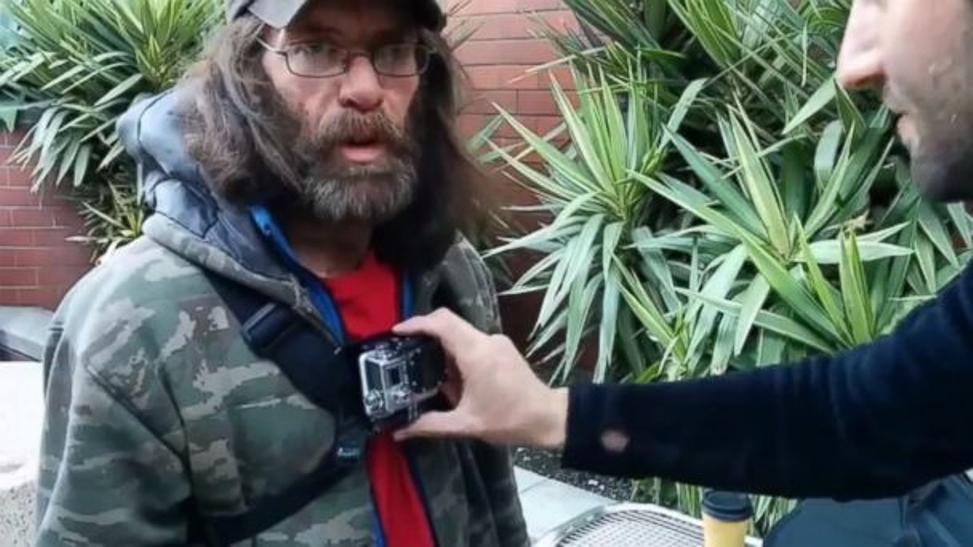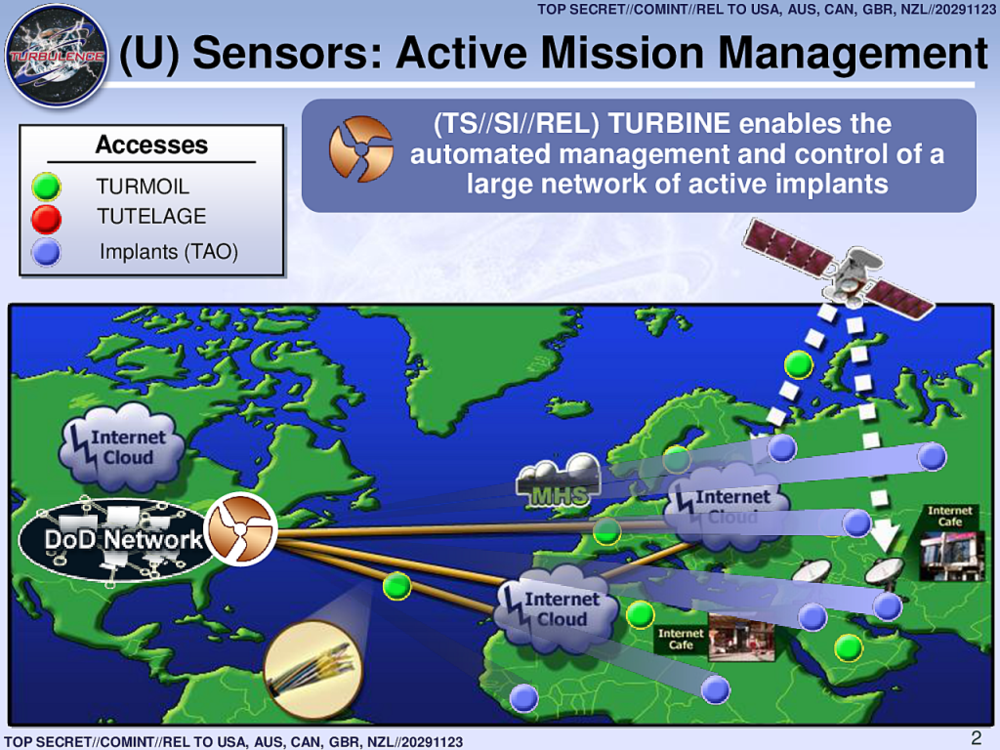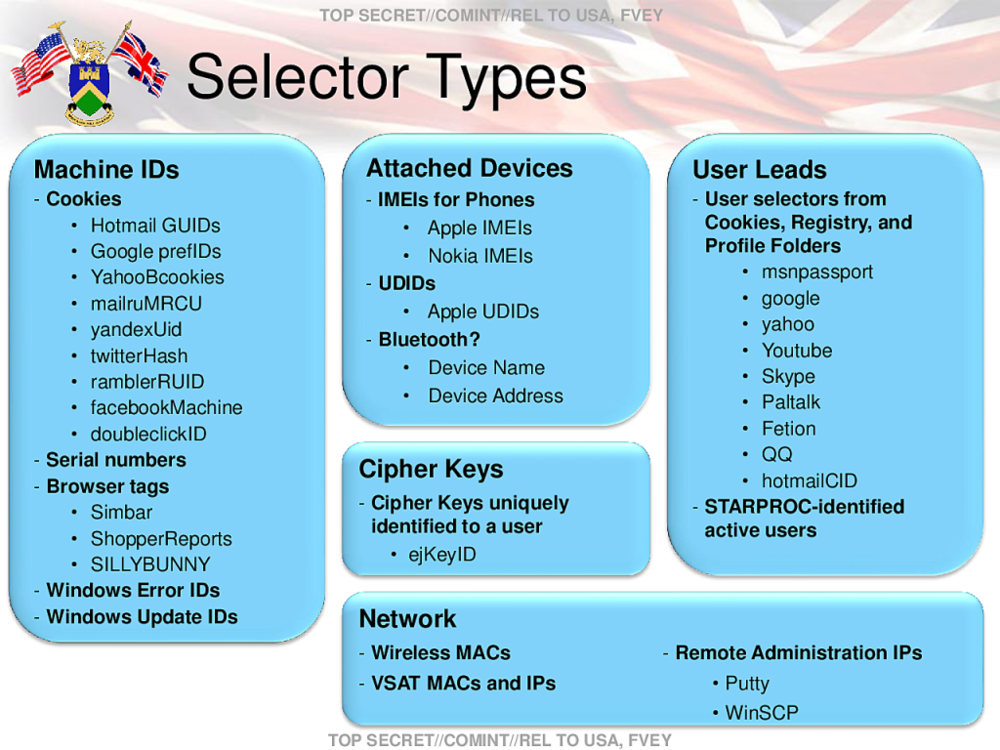NSW Police and FinFisher spyware
“The New South Wales police have used sophisticated hacking software to monitor the phones and computers of Australians, according to documents published by WikiLeaks.
In a new cache published on Monday NSW police are listed as a client of Gamma International, a German company that develops powerful spyware to remotely monitor computer use.
The documents show that NSW police have used several of the company’s spy programs for a number of investigations at a cost of more than $2m.
The software – known as FinSpy – allows widespread access to computer records, including extracting files from hard drives, grabbing images of computer screens, full Skype monitoring, logging keystrokes and monitoring email and chat communications.
“When FinSpy is installed on a computer system it can be remotely controlled and accessed as soon as it is connected to the internet/network, no matter where in the world the target system is based,” earlier documentation published by WikiLeaks said.”

